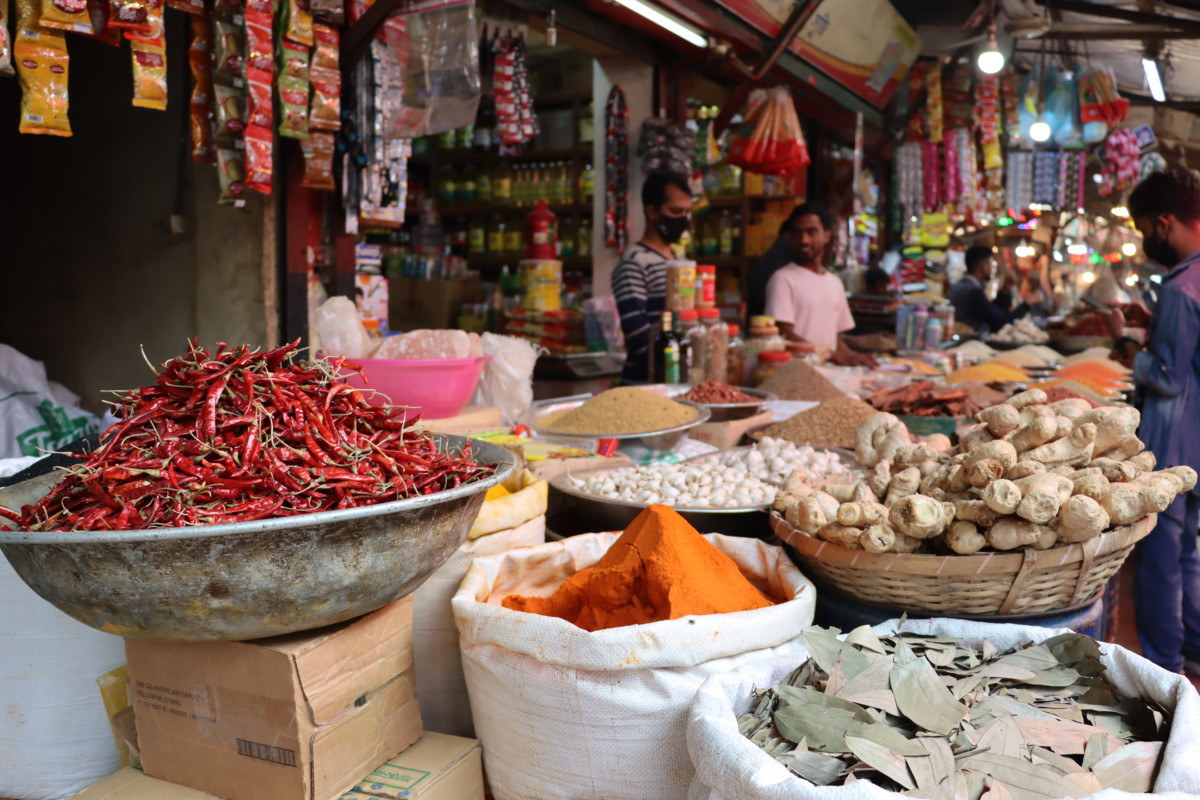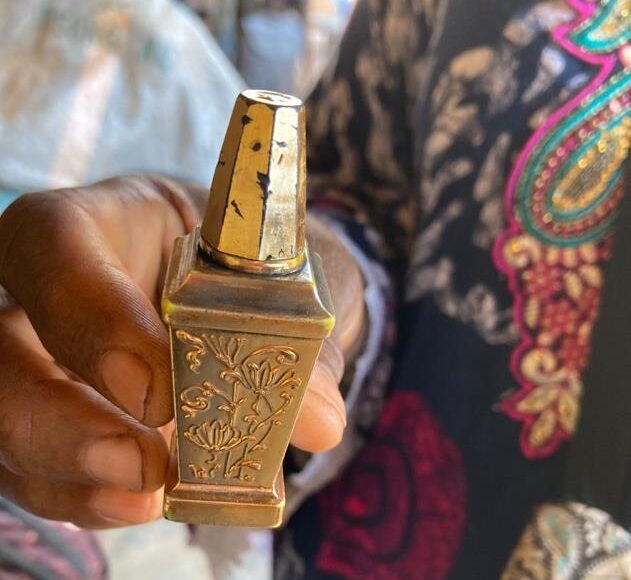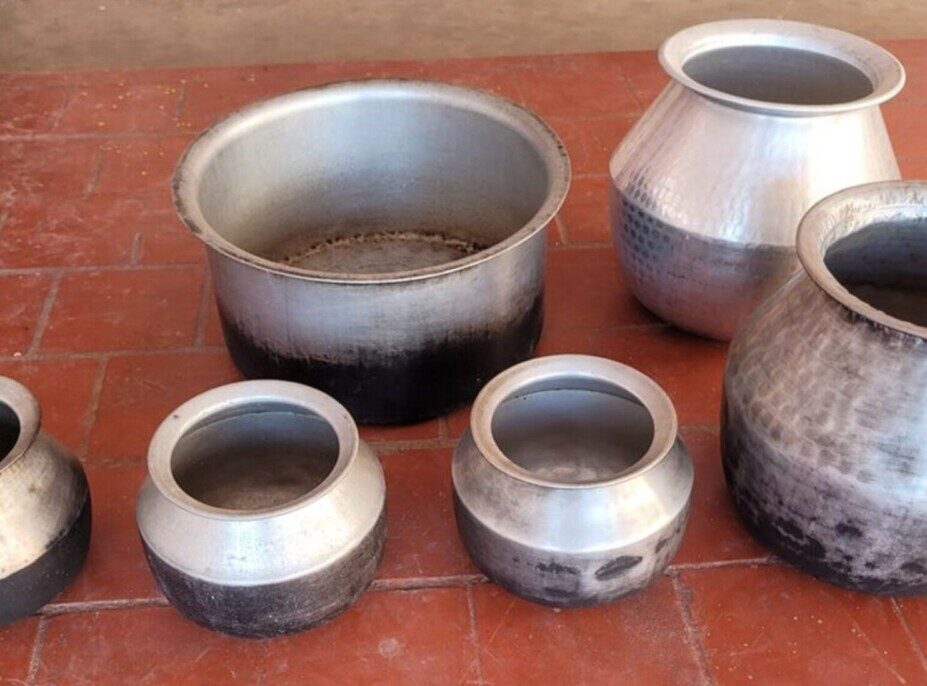Mitigating Lead Exposure in Low- and Middle-Income Countries: Reducing Lead in Spices in Northern India (Bihar, Jharkhand, and Uttar Pradesh)

Project Overview
Food Safety and Standard Authority of India; Department of Food & Safety; Department of Health (IDSP) State Health Society; Civil Society Organizations; Local spice traders and vendors

The Mitigating Lead Exposure in Low- and Middle-Income Countries (LMICs) project seeks to reduce lead exposure in Asia, Africa, and Latin America from exposure sources such as metal and ceramic cookware, adulterated spices, environmentally unsound used lead-acid battery (ULAB) recycling, and cosmetics. The overarching objective is to assist governments and stakeholders in strengthening institutional capacities, programs, and policies to effectively assess, prioritize, and mitigate lead exposure. Project countries include Colombia, Egypt, Ghana, India, Indonesia, Peru, and the Philippines.
According to IHME, Bihar is the Indian State with the highest average blood lead level (10.42 µg/dL), followed by Uttar Pradesh (8.67 µg/dL), and Jharkhand (8.15 µg/dL).
Pure Earth and Stanford University have been conducting supply chain analyses and spice adulteration testing since 2020, revealing high concentrations of lead in spices throughout Northern India, including commercial hubs in Bihar, Jharkhand, and Uttar Pradesh states. In May 2023, Pure Earth carried out a Rapid Market Screening project in three cities of Uttar Pradesh; 70% of spice samples had elevated lead levels. Evidence suggests that lead chromate is introduced to turmeric roots by wholesale traders at central markets, and subsequently distributed.
Objectives:
- Reduce spice adulteration in Northern India
- Assist governments in setting safety standards for spices, assess and monitor supply chains, and build monitoring and enforcement capacities to reduce spice adulteration
Activities:
- Establish intergovernmental panels in each state
- Conduct research on the regulatory landscape and a spice supply chain analysis
- Train authorities, inspectors, producers, and sellers; consumer education and national and state-level advocacy




